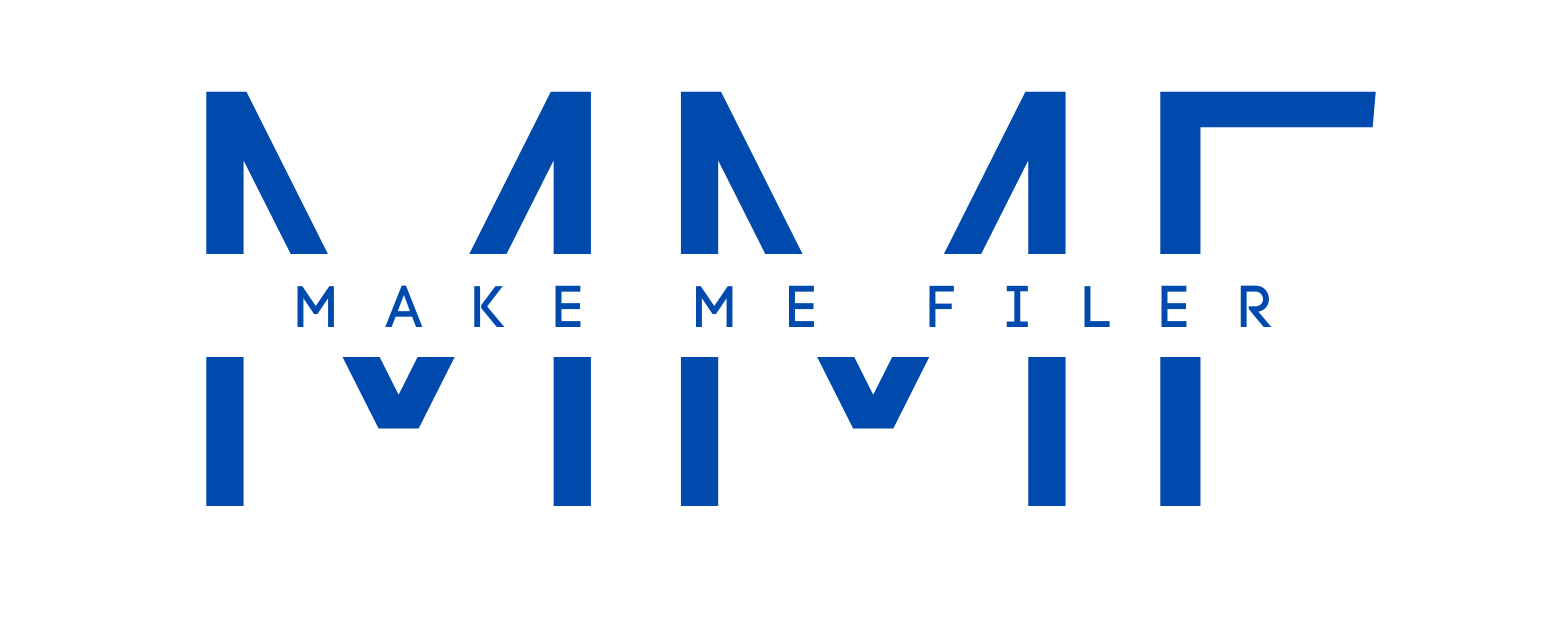Introduction
In an effort to strengthen the European Union’s budget as it tackles its debt, the EU Commission’s has put forward a new source of revenue known as a “temporary statistical own resource based on company profits.” While previous proposals for new EU own resources have focused on narrower tax bases, such as financial transaction taxes, digital levies, or taxes on crypto transactions, this proposal aims to generate additional funds by requiring adjustments to fiscal policies of EU Member States.
Proposal Details
The proposed own resource is not technically considered a tax. However, it would necessitate EU Member States to modify their fiscal policies, either through increased taxes or reduced spending, to contribute the specified amounts to the EU budget. This temporary measure is expected to be replaced by a potential contribution from the Business in Europe: Framework for Income Taxation (BEFIT) initiative. It is essential to explore the Commission’s intentions and understand the implications for Member States, the EU’s long-term budget, and its own resources.
Levy Structure
Under this proposal, Member States would be required to contribute 0.5 percent of the corporate capital income measure, specifically the gross operating surplus (GOS), from both financial and non-financial corporations to the EU budget. The Commission estimates that this initiative would generate approximately EUR 16 billion in revenue (based on 2018 euros) to support the EU’s long-term budget. It is important to note that the Commission considers this contribution as not directly levied on companies and does not anticipate it increasing companies’ compliance costs.
Current EU Revenue Sources
Presently, the European Union relies on three primary sources of revenue: customs duties, contributions based on value-added tax (VAT) collected by Member States, and direct contributions by EU countries known as the “gross national income (GNI)-based resource.” In 2021, the Union introduced an additional contribution based on non-recycled plastic packaging waste.
The GNI-based resource represents the largest income source, contributing around EUR 116 billion in 2021, which accounts for approximately 70 percent of the Union’s budget. Customs duties constitute about 13 percent of revenue, totaling around EUR 20 billion, while VAT-based contributions make up around 11 percent with approximately EUR 15 billion. The “plastics own resource” provides roughly 3 to 4 percent of the EU budget, equivalent to EUR 6 to 8 billion annually.
Compared to these existing revenue sources, the new corporate own resource would not become the Union’s largest income stream. However, it would be on par with the VAT-based resource, contributing EUR 16 billion.
Complex Interplay with Existing Revenue Sources
The interaction between the gross operating surplus (GOS) contribution and other EU revenue sources is intricate. As GOS largely constitutes a component of GNI, its inclusion in the own resource proposal essentially involves double counting. The Commission should provide clarity regarding this interaction, even though the measure is temporary.
Complementing and Diversifying Revenue Sources
This temporary measure is part of the second basket of proposed new own resources, following the first basket introduced in December 2022. The first basket included revenues from the emissions trading system (ETS), the Carbon Border Adjustment Mechanism (CBAM), and the reallocation of residual profits from multinationals under the OECD/G20 agreement on a re-allocation of taxing rights (Pillar One).
The proposal aims to bridge the gap until the adoption of the BEFIT initiative, which has not yet been formally proposed. Its primary objective is to balance the basket of own resources and diversify the revenue sources of the EU budget. As EU budget demands have increased, particularly in light of the conflict in Ukraine and the impending repayment of the EU’s debt, the need for additional own resources has become more pronounced. However, even without a new own resource, Member States would still be obliged to contribute to EU debt repayment.
Determining Contributions
The Commission’s proposal relies on the concept of gross operating surplus (GOS), which refers to aggregate capital income before depreciation of the capital stock in national accounts. When it comes to financial and non-financial corporations, GOS represents private sector corporate profits prior to depreciation.
Member States can derive GOS from Eurostat national accounts data by subtracting labor compensation, taxes, net subsidies on production, and imports from gross value-added (GVA).
To understand the potential impact of the EU corporate own resources proposal, it is valuable to examine historical trends and hypothetical contributions from Member States.
Historical Contributions to Own Resources

Analyzing the period from 2015 to 2022, the total revenue that could have been raised from 0.5 percent of the gross operating surplus in the EU-27 reveals a relatively stable growth trend, with a slight downturn in 2020.
Contributions by Member States

Based on calculations for 2021, we can assess the potential financial burden on individual Member States under this proposal. Germany, for instance, would contribute approximately EUR 4.4 billion, constituting around 25 percent of the expected revenue of EUR 17.44 billion. France and Italy would contribute 13 percent (EUR 2.3 billion) and 11 percent (EUR 1.9 billion), respectively. Together, these three countries would account for half of the proposal’s total expected revenue.
Evaluation of Key Claims
The proposal’s key claim that it would not directly impose significant distortions on economic activity holds true. Since the corporate own resource would be collected as national contributions from Member States, based on their corporate gross operating surplus, it would not impact economic decision-making directly.
Instead, Member States would be responsible for funding their national contributions and collecting associated tax revenue using existing national instruments. The extent of economic distortion resulting from revenue generation depends on the specific instruments chosen by national policymakers. To minimize such distortions, policymakers could consider measures such as reducing national government spending or expanding the tax bases of value-added taxes (VATs).
Given that corporate gross operating surplus for EU Member States can be easily calculated using Eurostat data, compliance costs associated with this measure are expected to be relatively low.
Conclusion
The European Commission’s proposal for a corporate own resource offers a straightforward and stable calculation method. When comparing its revenue stability and potential impact on economic activity with other ideas for new own resources, this proposal emerges as a potentially more favorable option. However, the economic effects will depend on how Member States choose to fund their contributions. As policymakers progress with the Own Resources Decision, it is crucial for them to fully recognize these dynamics.
Source: https://taxfoundation.org/

